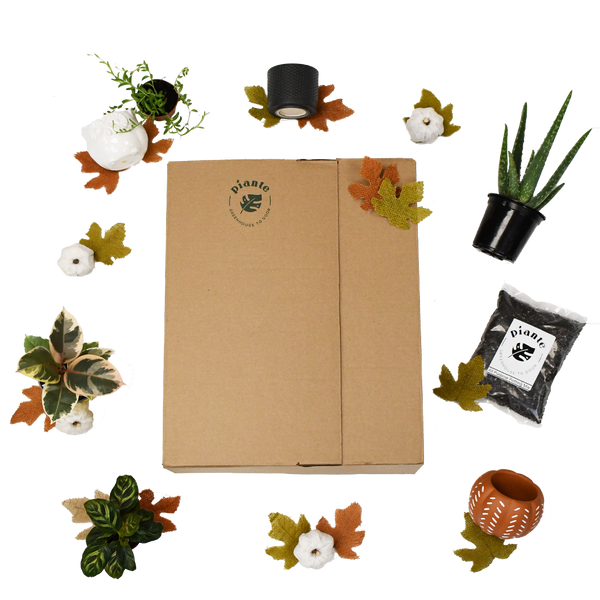Mimosa

Mimosa can easily catch anyone’s attention with its unique and captivating features. The prickly tropical and creeping shrub is a fun houseplant to have – especially when you have kids around! The leaves may look plain and simple, but they definitely are worthy of the recognition. Each leaf features feather-like fronds that respond to touch or other movements by rapidly folding inward and drooping. Thus, the nicknames Sensitive Plant and Shame Plant. The plant also features fluffy pink or small purple flowers.
Plant Type
Tropical
Tropical plants grow naturally in tropical areas where the climate is hot and humid. Easy to grow indoors, these plants add an exotic flair to your home with a vivid display of striking blooms and attractive foliage.
Plant Feature
Kid-Friendly
Even the kids can enjoy growing and caring for these plants since they are easy to grow, safe, and non-toxic. Kid-friendly plants will surely help make your home nice-looking without having to worry about skin irritation, allergies, or plant poisoning.
Light Care
High Light
High light plants require full sunlight to grow to their fullest potential, which means they need at least 6 hours of direct, bright light each day. The brightest spot in your home is the best place to put them.
Water Care
High Water
These plants require frequent irrigation to achieve the best performance. They need watering 3 to 4 times a week since these plants are typically fast-growing and shallow-rooted.
Fertilizer Care
Medium Fertilizer
Regular application of fertilizers will help these plants achieve their best performance and vigor. Applying moderate fertilizer to these plants is ideal.
Zones
9-11
Plant Care Tips
Also known as a Sensitive Plant, this plant reacts to touch and closes quickly to protect itself from high winds, rain and predators. It reopens within a few minutes of closing. Make sure your plant gets plenty of light, and it can even handle direct morning sun.
Origin
Mimosa are native to the Americas, are far north as Maryland. It is known as an invasive species in southeast Asia and the Pacific Islands.




